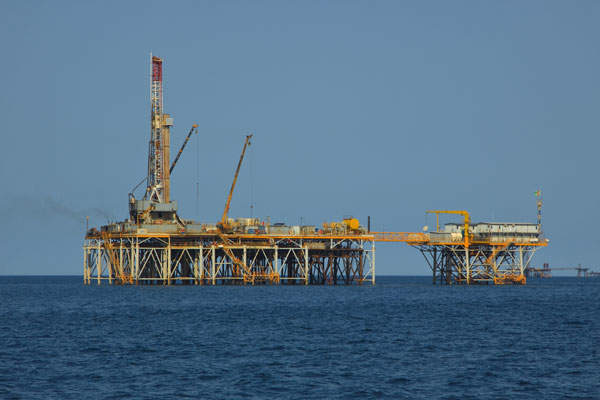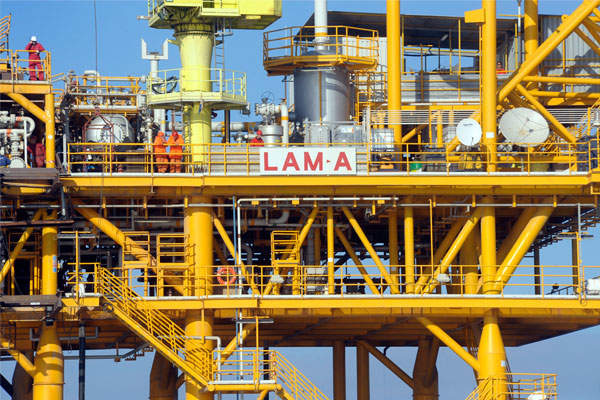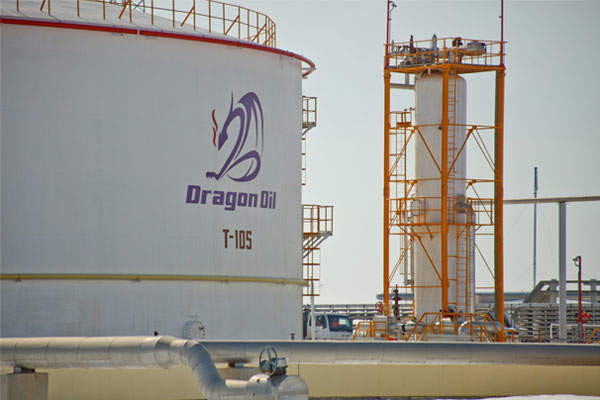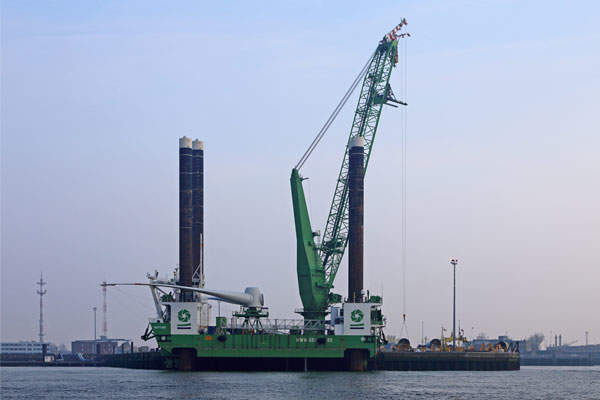The Cheleken Contract Area consists of two offshore oil and gas fields, namely Dzheitune (Lam) and Dzhygalybeg (Zhdanov), lying in water depth between 8m and 42m in the eastern section of the Caspian Sea, offshore Turkmenistan. The 950km² area is operated by Dragon Oil, which signed a production sharing agreement (PSA) with the State Agency of Turkmenistan in 1999 that became effective in May 2000.
A production license was granted to Dragon Oil, under the PSA, for the exploration and development of resources in the Cheleken Contract Area for a term of 25 years starting from 1 May 2000. The company is also permitted to negotiate an extension of not less than ten years.
The production from Cheleken Contract Area is from a combination of new and old wells with the average daily gross field production being 78,790 barrels of oil in 2014. Dragon Oil has invested $3.6bn in the project so far.
The development target of the Cheleken Contract Area is achieving a production rate of 100,000 barrels of oil a day by the end of 2015 and maintaining the same rate as an average daily gross production for a minimum of five years starting from 2016.
Reserves and reservoir details of the Cheleken Contract Area
According to an assessment by an independent consultant, the year-end oil and condensate 2P reserves for 2014 are 663 million barrels, whereas the gas 2P reserves and gas contingent resources are estimated to be 1.3 trillion cubic feet (TCF) each.
The area comprises two fields that are made of two elongated anticlines, which lie in the eastern end of Aspheron Ridge, a significant hydrocarbon region lying between the Apsheron Peninsula in Azerbaijan and the Cheleken Peninsula in Turkmenistan. The ridge also separates the South Caspian Basin from the Middle Caspian Basin. Towards the east of the Cheleken Block lies the Khazar landfill, while its western boundary stretches 40km offshore.
Cheleken Contract Area development
The Dzheitune (Lam) field lies southwest of the Dzhygalybeg (Zhdanov) field in the Cheleken Contract Area.
The first well in the Dzheitune (Lam) field was drilled in 1967 and the first production occurred in 1978. More than 100 wells and a number of sidetracks have been drilled, and three new platforms installed at the field. Field development plans include setting up up to five new platforms over the next four years.
Located to the northeast of the Lam field, the first well in the Dzhygalybeg (Zhdanov) field was drilled in 1966 and started producing in 1972. Oil and gas is produced from early-to-middle Pliocene Red Series sandstone reservoirs at the field. A new platform Zhdanov A was installed in 2013 that started production in 2014. The field’s development includes setting up new infrastructure such as additional wellhead platforms and in-field pipelines in a phased manner to achieve the planned production target.
A new accommodation platform, Dzheitune (Lam) F, has been installed in the central part of the Dzheitune (Lam) field, while work is on for installing a production platform that is expected to start production in 2015.
Development is ongoing on the Dzheitune (Lam) E platform and associated pipelines that involve design, fabrication and detailed engineering work. The platform, expected to start production in 2016, will have eight slots and provision for future installation of an additional four that will be needed for a jack-up drilling rig.
Further development work includes modifications to the central processing facility to enhance crude oil storage. Work on the tank farm will be completed by 2016 with three tanks being completed and commissioned by the third quarter of 2015.
Contractors involved
A three-year contract was awarded to BKE Shelf, a subsidiary of Eurasia Drilling Company, for the procurement of jack-up rigs Neptune and Mercury.
A consortium of Yantai Raffles Offshore, TSC Offshore China and Momentum Engineering was selected for providing and managing a jack-up drilling rig.
Naftagas received a two-year contract for leasing and managing a land rig called the NIS Rig to drill seven wells during the contract period.






